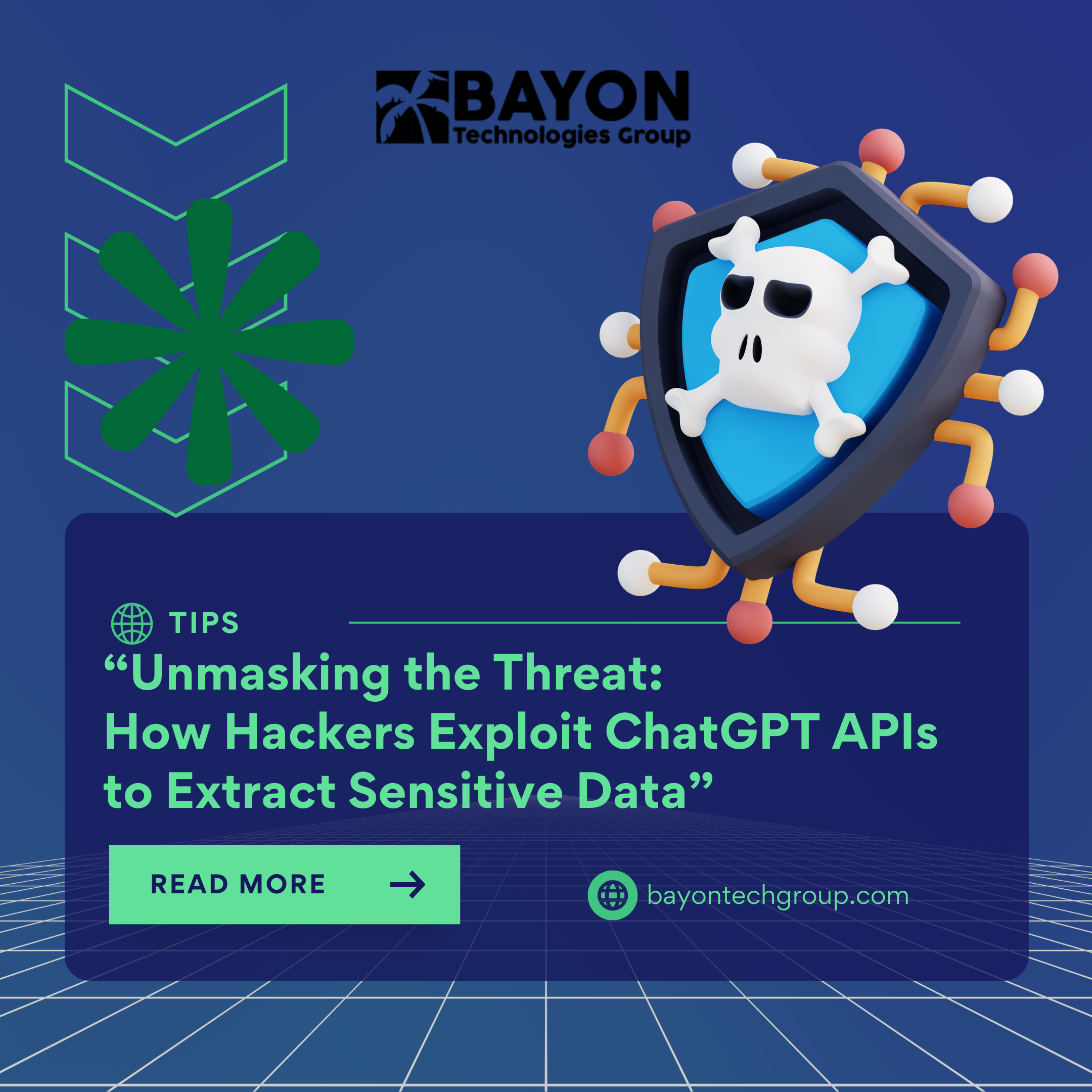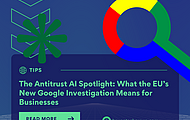Unmasking the Threat: How Hackers Exploit ChatGPT APIs to Extract Sensitive Data

In the rapidly evolving landscape of artificial intelligence (AI), tools like ChatGPT have become indispensable. Their applications span industries, from customer service to software development, making them invaluable assets. However, as these systems become integral to our digital infrastructure, they also emerge as prime targets for cyberattacks.
Recent research reveals an alarming development: hackers are discovering novel ways to extract sensitive information from ChatGPT APIs and similar generative AI platforms. This article delves into the mechanics of these vulnerabilities, their broader implications, and strategies for fortifying AI ecosystems against these threats.
Understanding the Threat: A Top-Down Attack on AI Models
Traditional AI security threats often focused on input manipulation or adversarial attacks, which tampered with data at the input layer to mislead models. However, researchers have now identified a more insidious method targeting the "top-down" layers of neural networks. By probing the final layers, attackers can uncover vital details about how models process and transform data.
How the Attack Works
This new methodology bypasses conventional safeguards by focusing on the projection matrices and dimensions within the final processing layers of AI models. For instance, attackers could retrieve critical parameters like the number of neurons or the weight distribution in these layers. By repeatedly querying the API with strategically crafted inputs, hackers could extract enough data to reconstruct parts of the AI's proprietary architecture.
Why This Matters
The extracted details are more than just technical specifications—they’re a gateway to broader security risks. If hackers can reverse-engineer proprietary algorithms, they could clone the model, bypass authentication systems, or even manipulate the model to leak additional sensitive data. For companies like OpenAI, whose models like GPT-3.5-turbo form the backbone of enterprise and consumer solutions, the stakes are immense.
Case Study: Exploiting ChatGPT for Less Than $2,000
Researchers demonstrated the feasibility of this attack on OpenAI’s GPT-3.5-turbo model. With a modest budget of under $2,000, they successfully extracted key architectural parameters. This startling revelation underscores how accessible such attacks have become, potentially enabling even small-scale malicious actors to compromise AI systems.
While OpenAI has since addressed the specific vulnerabilities, the broader implications persist. The attack highlighted the critical need for continuous monitoring and updating of AI defenses.
GenAI Ecosystems: A Broader Risk
Generative AI systems do not operate in isolation. Their functionality is often extended through APIs and third-party plug-ins, integrating them with platforms like Google Drive, GitHub, and other essential business tools. While these integrations enhance usability, they also expand the attack surface.
Key Plug-in Vulnerabilities
- Unauthorized Plug-In Installation: Hackers can manipulate the installation process, tricking users into approving malicious plug-ins. These unauthorized installations could enable attackers to gain control of user accounts or access sensitive data stored in integrated systems.
- Weak Authentication in Frameworks: The PluginLab framework, for example, lacks robust user authentication. This allows attackers to impersonate legitimate users, potentially taking over accounts or systems.
- OAuth Redirection Manipulation: By exploiting OAuth protocols, attackers can redirect users to malicious URLs, stealing credentials and gaining unauthorized access to critical services.
These vulnerabilities collectively expose hundreds of thousands of users and organizations to potential cyberattacks.
Broader Implications for Security
The rise of these vulnerabilities brings into focus the inherent risks of deploying AI systems at scale.
Intellectual Property Theft
As attackers extract proprietary details, companies face the dual threat of financial loss and diminished competitive advantage. Cloned models could saturate the market, undermining years of research and development.
Supply Chain Security
The integration of AI into software supply chains adds another layer of complexity. Employees frequently input sensitive data, such as intellectual property or financial strategies, into AI tools. If compromised, this data could be weaponized against the organization.
How Organizations Can Respond
For AI Developers
- Enhanced Documentation: Companies like OpenAI must provide detailed security guidelines to developers integrating their APIs. Clear instructions on permissions and data handling are critical.
- Frequent Security Audits: Regularly evaluate the entire ecosystem, from core models to plug-ins, to identify and patch vulnerabilities.
- Stronger Authentication Protocols: Implement robust user authentication measures in frameworks like PluginLab to prevent unauthorized access.
For Businesses Using AI
- Employee Training: Educate employees on the risks of entering sensitive data into AI tools and establish clear protocols for its use.
- Regular Updates: Ensure all AI tools and associated plug-ins are updated to the latest versions to mitigate known vulnerabilities.
- Third-Party Integration Reviews: Assess the security of third-party plug-ins and APIs before integrating them into workflows.
Looking Ahead: The Need for Industry-Wide Collaboration
The challenges posed by these vulnerabilities are not unique to OpenAI or ChatGPT. As generative AI becomes a cornerstone of digital innovation, the entire industry must unite to establish robust security standards. This includes creating universal protocols for plug-in authentication, data governance, and user permissions.
Experts warn that as AI adoption grows, so too will the sophistication of cyberattacks. Proactive measures today can prevent catastrophic breaches tomorrow.
Secure Your Business with Bayon Technologies Group, we specialize in offering tailored cybersecurity solutions to protect your business from evolving threats. Ready to safeguard your business? Contact us today for a comprehensive assessment and see how we can enhance your cybersecurity infrastructure!
‹ Back







